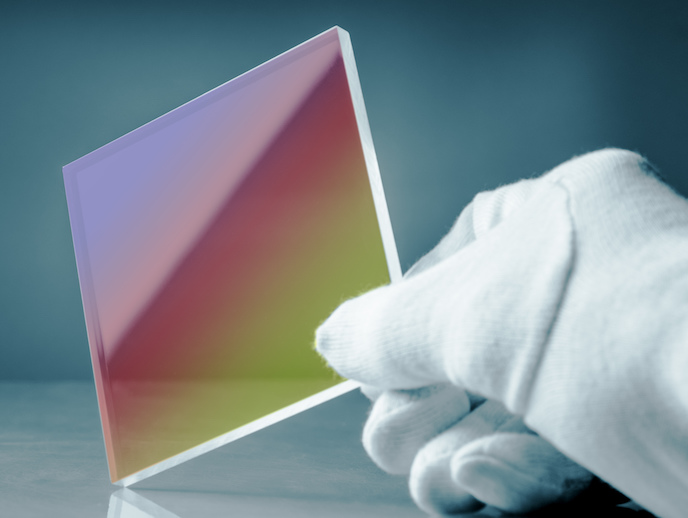New uses for an innovative coating technique
An EU-funded research fellow has developed new coating applications for a technique conventionally used by the semi-conductor(opens in new window) electronics industry. Atomic layer deposition (ALD) is a thin film deposition process where thin films are grown in layers for good thickness control – sub-nanometre – and to offer advantages such as uniformity on surfaces. Scientific Advisor Mercedes Vila, with the support of the Marie Skłodowska-Curie programme, has trialled and developed the technique in EU project ALDing for applications beyond the electronics industry, in fields such as solar cells, biotechnology and metallurgy. “The fellow designed new coating equipment in the lab, conceived coating solutions for industry and opened up innovative areas for thin film applications,” says José María Pitarke, Director of the prestigious nanotechnology research centre CIC nanoGUNE(opens in new window) in San Sebastian, the Basque Country, Spain. Vila’s research and testing during the 2-year project was so successful that it allowed the establishment of successful Spanish start-up Coating Technologies, a spin-off of the CIC nanoGUNE research centre, which began commercialising coating solutions in 2016. By being able to build knowledge in emerging applications for the ALD technique, the project has helped to launch a lucrative new market. The ALDing researchers worked with different companies including multinationals to test how new applications would be received. An expert in surface science with strong experience in building up laboratory and research groups, Vila hired three new people, two to work on research and development and a third to focus on business development.
Market potential
The ALDing researchers carried out a market research report on the market potential of ALD, which is currently 87 % applied to the electronics business, mainly integrated circuits and displays. But the researchers forecast ALD being increasingly used in the non-electronics market, estimating it could rise from EUR 19 million in 2015 to EUR 194 million by 2024 in Europe alone. Europe is a priority market for the young start-up, as is Asia. “We’re targeting a leadership position in non-electronic applications with a market share of 15 % and forecast sales of EUR 29 million in 2024,” says Vila. The United States was identified as a strategic market for the start-up where it hopes to make EUR 6 million in 2024. The global market for applications for ALD, both electronics and non-electronics, was worth EUR 673 million in 2015 and is set to rise to EUR 6.6 billion in 2024. The project researchers are confident the knowledge they have developed will help Europe retain its current lead in the field, which includes companies like Beneq and Picosun based in Finland and focused on electronics, in the face of rising competition from the United States and Asia. ALD’s new applications are highly multidisciplinary, says Vila. It has an emerging potential in areas including enhanced performance glass, paper and textiles, new generation transistors and sensors. Innovations brought by nanotechnology to biosciences and biosensors are also proving to be good candidates for ALD. “Functional coatings are applied almost everywhere,” explains Vila. “There are lots of examples: integrated circuits inside laptops and cellphones, glasses with antireflective lenses, hydrophobic clothes and surfaces and decorative colours.”







